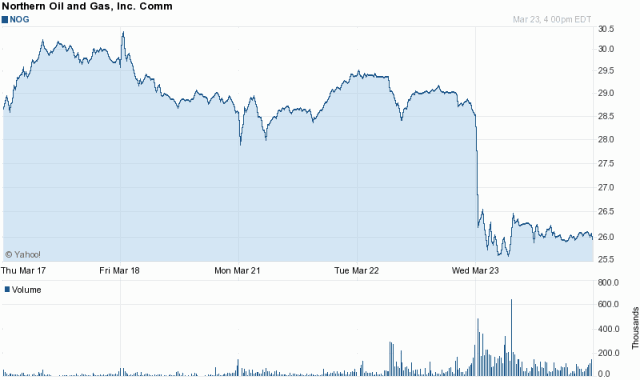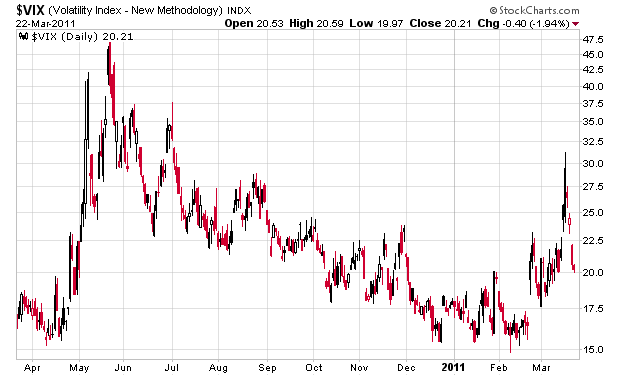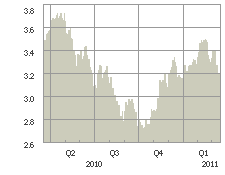Canadians will be subject to relentless federal election advertising over the next 5 weeks as the major parties try to win seats in the House of Commons.
The big financial question will be: Can the Conservative government achieve a majority government? The House of Commons has 308 seats and thus 155 seats are required for a majority. The Conservatives were able to win 143 seats in the prior election.
If the Conservatives do not win a majority, it is more likely than not that the Liberals, NDP and Bloc Quebecois will try to form a coalition government. One of the first items on their legislative agenda will be to raise corporate income taxes, which will have a negative effect on valuations of profitable Canadian companies, in addition to causing capital outflows.
This uncertainty will have some indirect impact on the Canadian markets, and the Canadian currency. In essence, some proxy bets can be made on the outcome of this election. Now that the UBC Election Stock Market is unfortunately not open to allow people to take direct bets on the election, there will only be a limited way for investors to speculate on the outcome.
Just as a word of warning for readers – I do have heavy political involvement and because of this my writing will slow down considerably until the beginning of May (when I presumably will have recovered). There is zero chance of me finding suitable investment candidates in the meantime!


